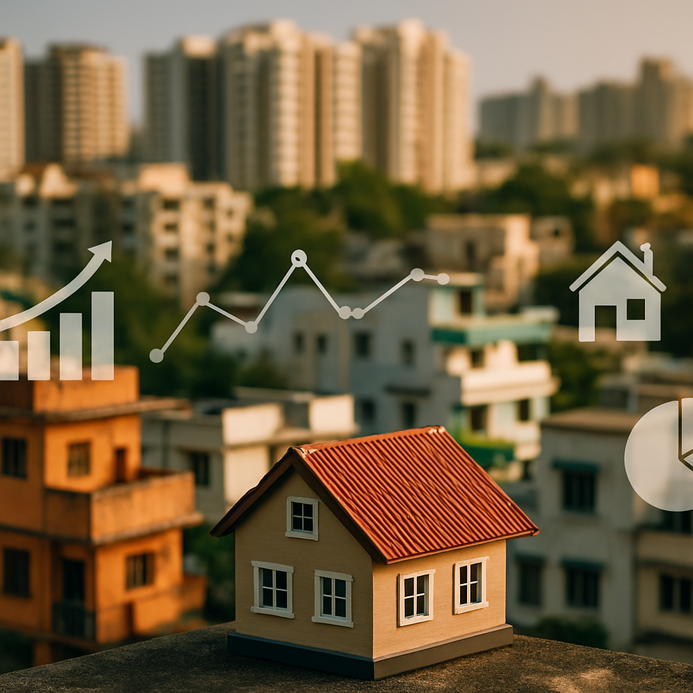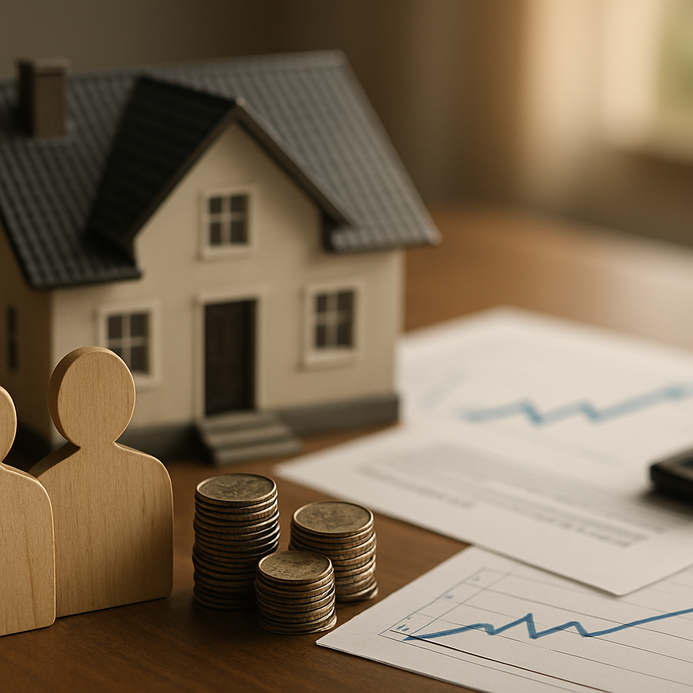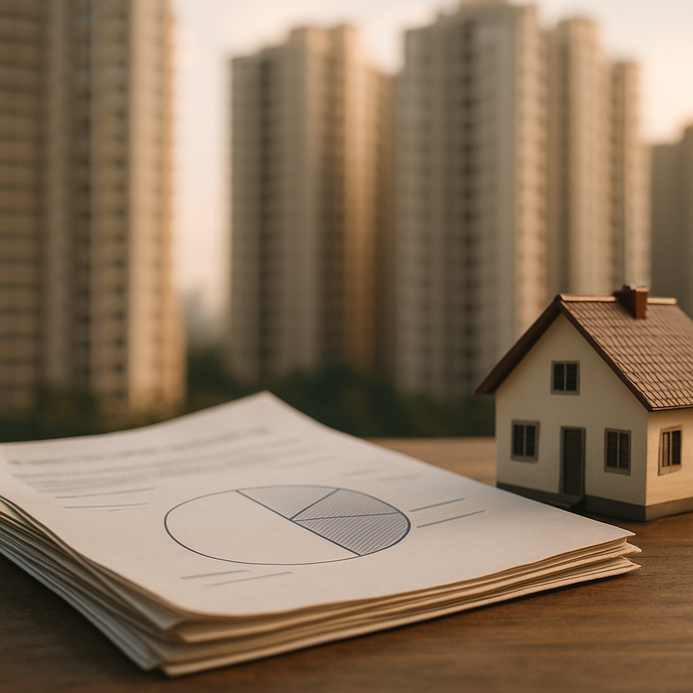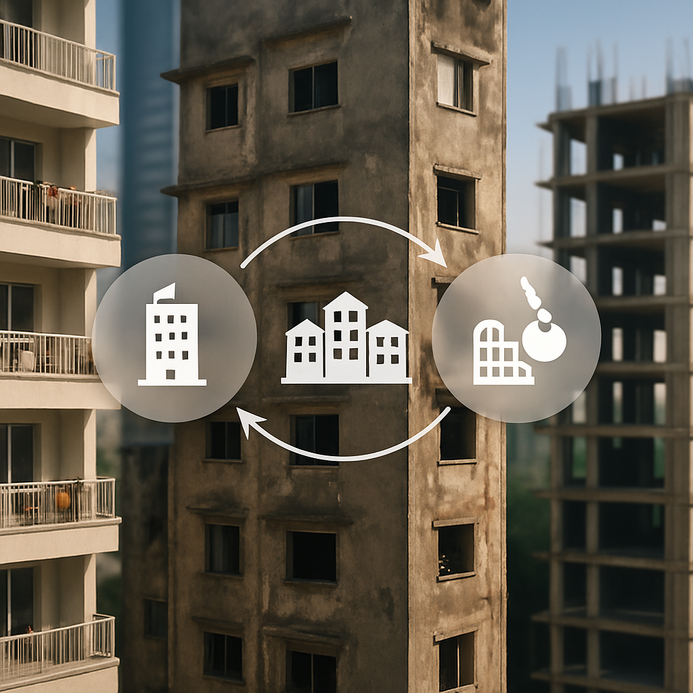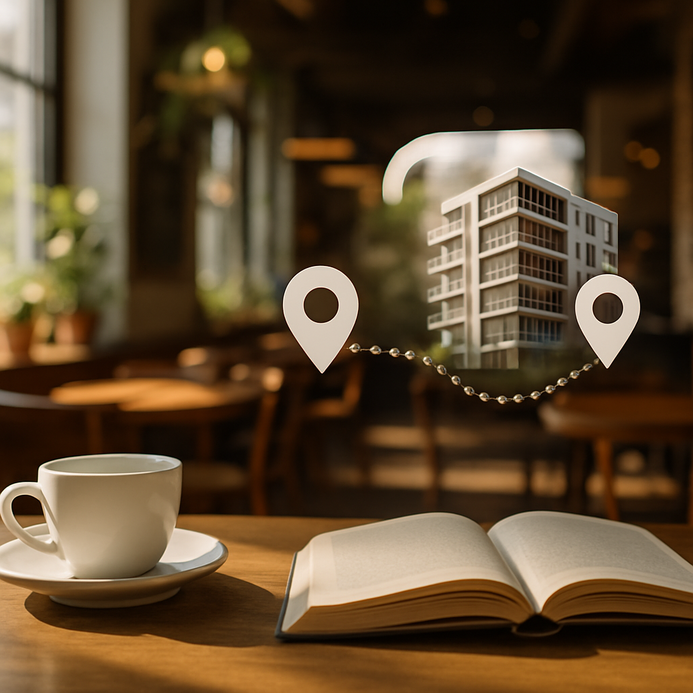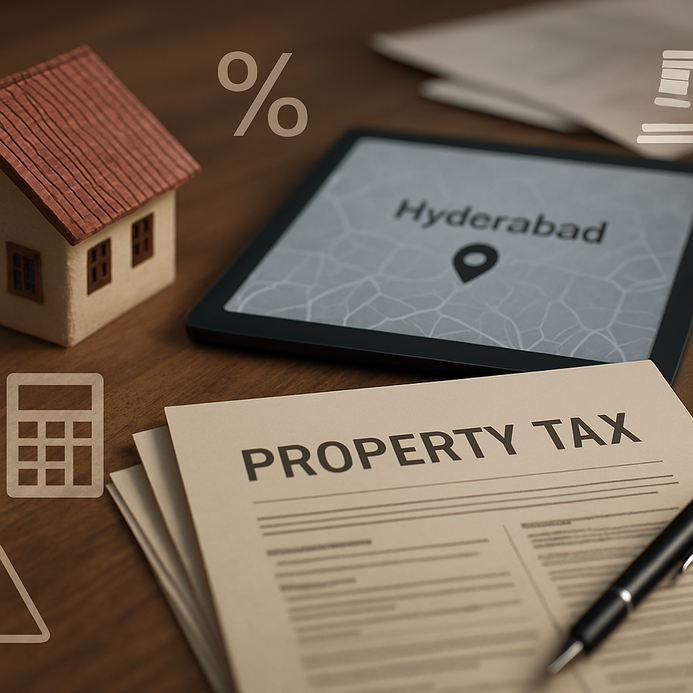Market Value Adjustment: Master Your Property Valuation Today
- 1 Understanding Property Valuation: A Key to Real Estate Success
- 2 The Sales Comparison Approach: What It Is and How It Works
- 3 The Cost Approach: Evaluating Replacement Costs
- 4 The Income Approach: Assessing Value Through Potential Earnings
- 5 Influential Factors in Property Valuation: Beyond the Numbers
- 6 FAQ
Understanding Property Valuation: A Key to Real Estate Success
Property valuation is super important if you’re diving into the real estate game. It seriously affects how folks buy and sell. Knowing what your property might sell for, can change everything. Market value is basically the price your property could fetch right now, considering things like where it’s located, its condition, and how the market’s feeling overall.
Why Property Valuation Matters
Getting a grip on this valuation can really shake up your financial outcomes when making deals. Buyers need solid numbers to steer clear of overpaying, while sellers wanna hit the sweet spot with their asking price. Especially during those rollercoaster economic times or rapid market shifts, keeping an eye on market value adjustments really matters for both sides.
Check out this little table, it breaks down what influences property valuation:
| Factor | Influence on Value |
| Location | High demand areas inflate prices |
| Property condition | Well-kept homes fetch more |
| Market trends | Changes can lead to value tweaks |
| Comparable sales | Nearby sales tell you what’s fair |
| Economic conditions | Interest rates shape buyer moves |
Take, for example, a property in a prime area, which usually gets a much higher valuation than one situated somewhere less desirable. In India, markets vary quite a bit; cities like Hyderabad are on the up and up. Also, keep in mind, the gold market price per gram can sway property investments; when gold prices shift, it can affect what buyers are willing to spend.
Looking for more on property valuations? Knowing these things can really help you make smart moves in real estate.
And if you want tips on accurately valuing your property, our blog has loads of articles on resale value and property layout plans.
The Sales Comparison Approach: What It Is and How It Works
Here’s where the Sales Comparison Approach (SCA) comes in. This method estimates property values by looking at recently sold similar properties. It’s popular, and for good reason, it’s straightforward and reliable, especially for homes.
How the Sales Comparison Approach Works
1. Select Comparable Properties: Pick properties that are similar to the one you’re evaluating, think location, size, and condition. That way, you get the real scoop on market dynamics.
2. Analyze Sales Data: Look at recent sales from the last six months of those comparables. This is all about seeing how much buyers are actually paying.
3. Adjust for Differences: Remember, no two properties are the same. If one comparable has a pool and the other doesn’t, you’ll need to tweak those sale prices.
4. Determine Final Value: Figure out an average or median from the adjusted prices of these comparables to land on the market value of your property.
Why Use the Sales Comparison Approach?
– Market-Driven: It’s all about what’s happening in the market right now, no guesswork.
– User-Friendly: Even non-experts can follow this method since it relies on real sale prices.
– Widely Trusted: Appraisers and real estate agents lean on it, giving it credibility.
Market Value Adjustments in SCA
Market value adjustments really matter in the SCA. These tweakers account for differences in properties and the ups and downs in the market. For instance, if gold prices shoot up, buyers might be more inclined to pay extra for properties with luxury features, which means you’d need to adjust your comparisons accordingly.
The Cost Approach: Evaluating Replacement Costs
The Cost Approach is another key player in property valuation. It really shines a light on how replacement costs and depreciation shape a property’s worth. This method’s particularly handy for homeowners and investors looking to understand what their properties are truly worth today.
Replacement Costs vs. Depreciation
So, let’s break it down. Replacement costs are what it would take to rebuild a property with today’s materials and standards—everything from construction to the latest finishes adds up here. When you evaluate a property, don’t forget to throw in the market value of the land next to those replacement costs for a true picture.
And then there’s depreciation, which refers to the dip in a property’s value over time due to age, wear, or just being outdated. This is super important when calculating the market value today.
Here’s how you can assess property value through this method:
Property Value = Replacement Cost – Depreciation + Land Value
Example: Cost Valuation Table
| Property Component | Cost (INR) |
| Replacement Cost | ₹5,000,000 |
| Depreciation (10 years, 30%) | -₹1,500,000 |
| Market Value of Land | ₹2,000,000 |
| Total Property Value | ₹5,500,000 |
This process can be a real eye-opener, especially when trying to navigate those market value adjustments that can swing things, particularly in up-and-down markets.
Grasping these concepts can lead to smarter decisions in real estate transactions. For even more insights, browse our articles on property valuation calculators and investment strategies.
The Income Approach: Assessing Value Through Potential Earnings
Let’s chat about the Income Approach. This one’s a big deal in property valuation, especially if you’re talking about rental properties. It looks at how much money a property can pull in, which plays a huge role in figuring out its market value. This method comes in handy when you’ve got investment properties where cash flow is key.
To find the market value of a rental property using the Income Approach, you start with the Gross Rent Multiplier (GRM). You get the GRM by dividing the property’s sale price by its annual rental income using this simple formula:
GRM = Property Price / Annual Rental Income
Here’s a basic example:
| Property Price (INR) | Annual Rental Income (INR) | GRM |
| 50,00,000 | 5,00,000 | 10 |
| 70,00,000 | 7,00,000 | 10 |
| 90,00,000 | 9,00,000 | 10 |
What this says is that properties with lower GRMs tend to be better investment picks.
Another key factor here is the land’s market value that the property sits on. If the land’s value is high, the rental income potential usually follows suit. Plus, don’t forget how value adjustments come into play, you know, if the market fluctuates, that can mess with rental prices and overall property valuation.
To really assess a property’s worth, it’s smart to look into current trends, like how hot the rental market is or even the gold price per gram. In areas where rentals are in demand, even older properties might go for higher rents, which boosts their overall value.
Influential Factors in Property Valuation: Beyond the Numbers
When it comes to property valuation, it’s not just about the numbers. A handful of factors can really sway how much a home’s worth. Grasping these components can help homeowners figure out what their property’s actually worth.
Location
Location is the name of the game; it greatly influences property value. A house in a desirable area, with access to good schools, parks, and shops, usually commands a higher price. For example, properties close to tech hubs or major transit lines can see a hefty 20-30% increase in value compared to those situated in less developed neighborhoods.
Size and Layout
Size matters, a lot. Bigger homes, especially with smart layouts, generally rake in higher valuations. Reports show that land value really varies based on size like, you might find an acre in the city valued at 10-20 times more than in the sticks.
| Property Feature | Impact on Value (%) |
| Location | +20% to +30% |
| Size | +15% to +25% |
| Amenities | +10% to +20% |
Age and Condition
Older properties may drop in value unless they’ve been kept up or modernized. Buyers often lean toward the latest amenities, meaning newer homes usually fetch a premium. Cool renovations can boost value, often recouping 70-90% of what you put in once it’s time to sell.
Amenities
Things like pools, gyms, or gardens can add to the market value. Properties with those fancy features can see an uptick of about 15-20% compared to similar homes that don’t have those extras.
Conclusion
So many interconnected factors affect how much a home is valued. If you’re thinking about buying or selling, keeping these elements in mind is key. For extra tips on property features that can bump your home’s value, check out articles on home-selling checklists and improving your neighborhood. Understanding this stuff can really put you in a better position in the real estate market.
FAQ
What is property valuation?
Property valuation is the process of determining the market value of a property based on various factors, including location, condition, size, and market trends.
What is the Sales Comparison Approach?
The Sales Comparison Approach estimates property values by looking at recently sold similar properties, making adjustments for differences to derive a fair market value.
How does the Cost Approach work?
The Cost Approach evaluates a property’s worth by calculating the replacement costs of the building minus depreciation, plus the value of the land.
What is the Income Approach?
The Income Approach assesses the market value of a property based on its potential earnings, usually through rental income, using metrics like the Gross Rent Multiplier.
What factors influence property valuation?
Factors influencing property valuation include location, size, age and condition, amenities, and current market conditions, among others.






